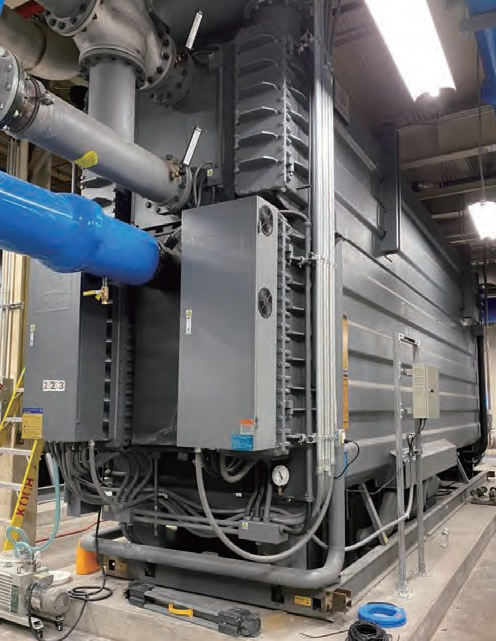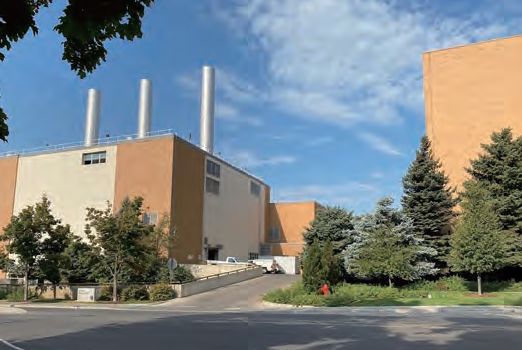Project Background
Brigham Young University (BYU) is a private research university founded in 1875 and owned by The Church of Jesus Christ of Latter-day Saints. The main campus in Provo, Utah, sits on approximately 560 acres nestled at the base of Wasatch Mountains and includes 311 buildings.
The university is run under the auspices of its parent-organization, the Church Education System (CES), and is classified among “Doctoral Universities: High Research Activity” with “more selective admissions”. The famous Republican personality Mitt Romney is an alumni of this school.
BYU has designated energy conservation, products and materials, recycling, site planning and building design, student involvement, transportation, water conservation, and zero waste events as top priority categories in which to further its efforts to be an environmentally sustainable campus. The university has stated “we have a responsibility to be wise stewards of the earth and its resources.”
System Background
Given the ever-growing concern for cleaner air, reducing greenhouse emissions, improving energy efficiency and reducing operating expenses, the “Y” emblazoned smokestack of BYU’s Central Heating Plant, the symbol of 140 years of coal burning, has been demolished in 2016 as the school shifted away from coal-powered utilities to a trigeneration facility.
The new facility replaces the coal boilers with a gas turbine with a heat recovery unit and two BROAD absorption chillers to further reduce environment pollution and improve energy efficiency, while two of the natural gas-fired boilers remain as backup. The hot water absorbers are connected to the central district cooling loop which serves the cooling requirements of more than 300 buildings on campus.
The trigeneration facility provides power, heating and cooling capabilities for the campus offsetting 30%-50% of campus’s current electrical needs without burning coal anymore.
Project Highlights
The campus was previously using coal-based boiler and steam turbines for their electricity and heating requirements on the campus. In the past they replaced it by a gas based combined cycle power plant and later in 2019 they decided to replace their aging and low COP absorption chillers with BROAD’s hot water absorption chillers. The hot water from the heat exchangers of the trigeneration plant is used to run the absorption chillers. This implementation will save a huge amount of electricity that would otherwise be required for centrifugal chillers.
Project Value
Remodeling the campus energy structure from traditional coal-burning to a cleaner energy and installing a CCHP system allows the university to
benefit from three forms of energy for the price of one, and fulfills its environmental and social responsibility. The newly CCHP system saves 187,447 MMBtu of
fuel compared to the original system*.
Fed by the waste heat from the trigeneration plant, the BROAD absorption chillers offset 1,320 kW electricity demand by providing “free” cooling, saving over 770,000 dollars in electricity costs annually.
System annual carbon dioxide reduction: 68,268 metric tons, which is equivalent to saving 75 million pounds of coal consumption or taking over 14,000 cars off the road for one year*.
System annual NOx reduction: 85 tons*.
System annual Sox reductions: 33 tons*.
(Results are based on US EPA CHP Energy and Emissions Savings Calculator, which may vary from the actual operation data.)
Equipment Information
Generator

Model: Solar Gas Turbine Titan 130
Fuel: Natural gas
Power output: 16.5 MW
Electrical Efficiency: 35.5%
BROAD Absorption Chiller

Model: Single hot water chiller BDH500 X 2
Cooling Capacity: 1,100 RT /unit
Heat Source: Hot water


